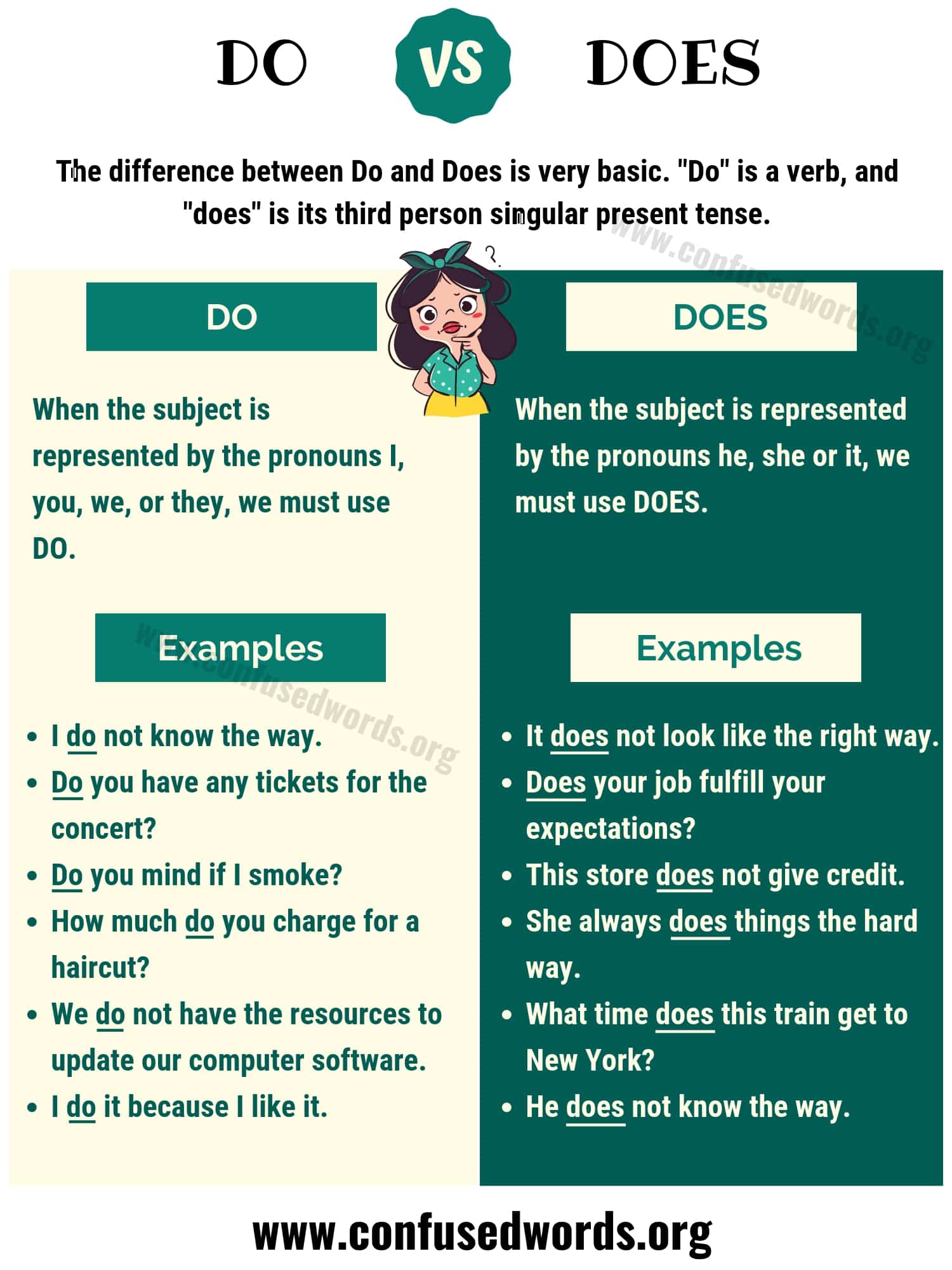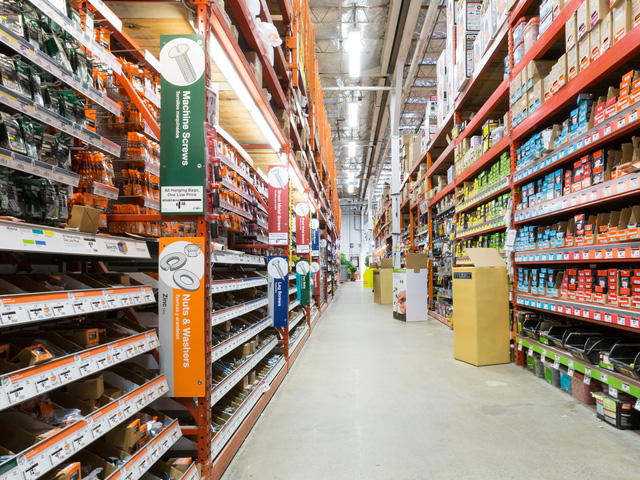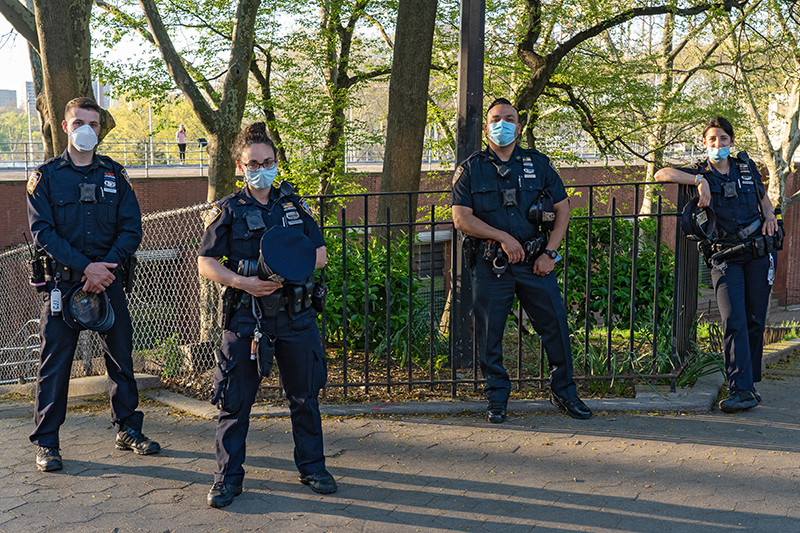Environmental Factors That Influence Physical Fitness: How Your Surroundings Shape Your Health
Introduction
Achieving and maintaining physical fitness goes beyond personal motivation and exercise routines. The environment in which you live, work, and play exerts a significant influence on your ability to stay active and healthy. Understanding these environmental factors-and learning how to navigate or mitigate their effects-can be the key to reaching your fitness goals.
Air Quality: The Unseen Barrier to Fitness
Air quality is a major factor that can either support or hinder your physical fitness efforts. Poor air quality, often caused by high pollution levels, affects your respiratory system. When you exercise in polluted environments, your lungs must work harder to provide oxygen to your muscles. This can lead to reduced performance, increased fatigue, and, over time, heightened health risks, especially for individuals with asthma or other respiratory conditions [1] . Studies show that regions with higher concentrations of particulate matter-solid particles and liquid droplets in the air-see consistent negative impacts on health and exercise capacity [3] .
To minimize risk:
- Exercise outdoors in the early morning or late evening, when pollution levels tend to be lower.
- Use apps or local government resources to monitor air quality in your area.
- Opt for indoor gyms with high-quality air filtration systems if outdoor air quality is poor.
If you live in an area with chronic air pollution, consider advocating for cleaner air initiatives through local health departments or community organizations. Many public health agencies provide resources and alerts about air quality; look for your city or county’s official health department website for real-time updates and guidance.
Altitude: When Thin Air Tests Your Limits
Living or training at high altitudes introduces another environmental challenge: reduced oxygen availability. The thinner air at higher elevations means your body receives less oxygen with each breath, making physical activity feel more demanding. This can decrease endurance and strength, particularly if you are not acclimated to such conditions [1] .

Source: vayapath.com
Key strategies for adapting include:
- Gradually increase the intensity and duration of workouts to allow your body time to adjust.
- Stay well-hydrated and get adequate rest during acclimatization periods.
- Monitor for symptoms of altitude sickness and consult a healthcare provider if you feel unwell.
Travelers or new residents in high-altitude areas should consult local health services or sports medicine clinics for personalized advice on acclimatization and safe exercise practices.
The Built Environment: Urban Design and Walkability
The design of your neighborhood or city-known as the built environment-plays a crucial role in your ability to stay physically active. Features such as sidewalks, bike lanes, green spaces, parks, and recreational facilities all encourage movement and make physical activity more accessible [4] . Conversely, poorly planned urban areas with heavy traffic, limited pedestrian pathways, or a lack of safe recreational spaces can act as barriers to fitness [2] .
To make the most of your built environment:
- Identify local parks, trails, or recreational centers within walking or biking distance of your home.
- Advocate for community improvement projects such as new sidewalks, bike paths, or public gyms through city council meetings or neighborhood associations.
- If safe outdoor spaces are limited, explore virtual fitness classes or home workout routines.
Many cities offer interactive maps of parks and recreational facilities on their official municipal websites. If you are unsure of what’s available, contact your local parks and recreation department for up-to-date information on public spaces and programs.
Access to Green Spaces and Recreation Facilities
Ready access to green spaces-such as parks, playgrounds, or sports fields-can dramatically increase your likelihood of engaging in regular physical activity. These areas provide safe, attractive locations for walking, jogging, cycling, or team sports. Research consistently shows that proximity to green spaces is associated with higher physical activity levels and improved mental well-being [2] .
Actionable steps include:
- Utilize community directories or city websites to locate the nearest public parks and trails.
- Join local sports leagues or walking groups to stay motivated and build a support network.
- If you live in an area with limited green spaces, seek out schoolyards or community centers that may offer public access outside of school hours.
Some non-profit organizations and community groups run initiatives to improve access to recreational areas. Search for local health coalitions or “Friends of the Park” groups in your area for volunteer opportunities and events.
Indoor Environments: Childcare, Workplaces, and Home Settings
The indoor environments where you spend much of your day-such as childcare centers, workplaces, and homes-also determine opportunities for physical activity. In childcare settings, time spent outdoors, the suitability of indoor play spaces, and staff encouragement are all linked to higher activity levels among children [5] . Workplaces with on-site gyms or policies that encourage movement breaks can foster better fitness for adults.
To optimize your indoor environment:

Source: dreamstime.com
- Encourage or request standing desks, walking meetings, or fitness breaks at work.
- Set up a dedicated exercise space at home, even if it’s a small corner for yoga or bodyweight routines.
- For parents, advocate for increased outdoor playtime and improved indoor play facilities at childcare centers or schools.
Many employers and childcare providers have wellness coordinators or parent advisory councils. Reach out to these contacts to propose new fitness-friendly initiatives.
Socioeconomic and Social Factors
Beyond physical infrastructure, socioeconomic status and social dynamics can shape your ability to pursue physical fitness. Factors such as income, education, neighborhood safety, and cultural norms all influence access to resources, time availability, and motivation [4] . For example, lower-income neighborhoods may have fewer safe parks or affordable gyms, while social support networks can encourage or discourage active lifestyles.
Practical guidance includes:
- Explore free or low-cost community resources such as public fitness classes, local YMCAs, or recreation centers.
- Build connections with neighbors or online communities to create walking groups or fitness challenges.
- If you experience barriers such as safety concerns or limited resources, contact your local public health department or community organizations for assistance in finding accessible activity options.
Many non-profit and faith-based organizations offer programming designed to promote physical activity in underserved communities-search for local “community wellness programs” for more information.
Overcoming Environmental Challenges: Actionable Steps
No matter your environment, there are ways to adapt and improve your opportunities for physical activity:
- Monitor local air quality using government or trusted weather apps and adjust outdoor activity accordingly.
- Gradually acclimate to higher altitudes with professional advice if you relocate to or visit mountainous regions.
- Advocate for improvements in your community’s built environment by participating in local government meetings or supporting urban planning initiatives.
- Utilize every available space-parks, trails, community centers, or even home environments-to stay active.
- Seek out and support organizations that work to improve access to recreation for all community members.
If you are unsure where to start, contact your city or county’s health department, parks and recreation department, or search for “community physical activity resources” in your area.
Key Takeaways
Your physical fitness is not just a product of personal choices-it is deeply shaped by your environment. By understanding and actively addressing factors such as air quality, altitude, urban design, access to green spaces, indoor settings, and social influences, you can overcome barriers and set yourself up for success. Explore your community’s resources, advocate for positive changes, and adapt your routines to make the most of your surroundings.
References
- BodySpec (2023). Environmental Factors Affecting Your Fitness.
- Rosenfeld et al. (2021). When physical activity meets the physical environment: precision health approaches for improved health outcomes.
- Institute of Medicine (US) (2013). Physical and Social Environmental Factors.
- Texas A&M University (2023). A closer look at how environment influences physical activity.
- Dowda et al. (2015). Environmental factors associated with physical activity in childcare centers.
MORE FROM 9scholarships.de













